I learned to play the drums by playing the drums.
There was no YouTube, no drumming videos, actually no video of any kind back then.
There were records.
And drumsticks.
Occasionally, a TV show would give you a glimpse of a drummer. And if you missed it, you missed it.
So what was left was the drumset, the sticks, a pair of earphones, and records to play along with.
No practice, no growth.
I played in garage bands, high school dance bands, pickup bands for weddings and events, and finally a top-rated R&B group.
I was KNOWN as a drummer.
Because I WAS a drummer.
I became a photographer while I was a drummer.
I wanted another way to express myself, to find out what I was doing on the planet. Photography seemed to be a natural for me since my dad was a photographer (pro-am) and I had watched him as I grew up.
But no one knew I was also a photographer.
And I wanted to be known for my photography as well.
It was just an identity problem.
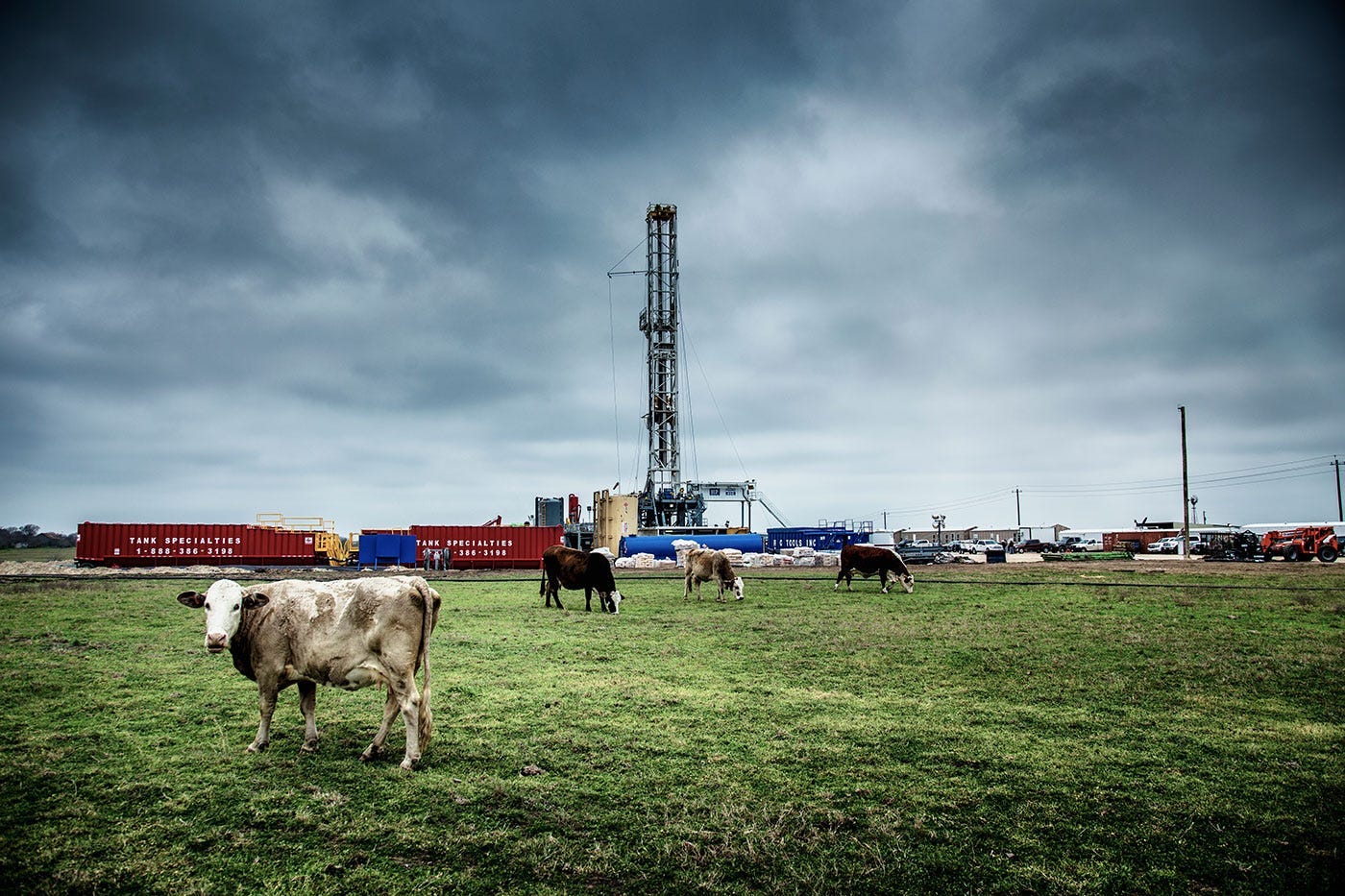
The Identity Challenge
We want to be known as photographers. But we don’t seem to be getting any traction there at all. We know we are photographers, but no one else does. And that can be a problem for our ability to get work and our marketing.
The number one way to get known as a photographer is…
… drum roll, please …
To get known as a photographer.
This brings us back to the title of this article; 24 Frames a Day.
Making 24 photographs, the equivalent of one roll of 24-exposure film.
Each day.
Does that sound daunting to you?
It really shouldn’t.
When I started in this photography game, I shot at least a roll of film every couple of days. But I wasn’t looking to go pro at that point; I was just marveling at the ability to make an image.
I and my Nikon F were everywhere, taking photographs of everything and anything.
And everybody we could find.
Soon people started asking me to make photos of them, or what they were doing. Bike races, floating down the Salt River, hang gliding, volleyball, hiking, and just portraits in cool locations.
Those days would be 4, 5, and 6 rolls of 36 exposure film. Often more.
When I finally decided to quit and go professional, I moved to LA and was shooting a minimum of 5 days a week, with 6–10 rolls of film per day. Model testing, location scouting, portfolio building, personal projects.
I was rarely without a camera in my hand or film in the development stage.
I was shooting, thinking about shooting, or arranging a shoot every moment of the day when I wasn’t rollerblading with my wife around Long Beach. Remember rollerblading… heh.
I rollerbladed with a Nikon F around my waist in a fabricated fanny pack thing. I never fell on that side. Thankfully.
Everybody recognized me as a photographer.
But I wanted to be a professional, so I had to let the right people know I was a photographer.
And those folks were probably not rollerblading around LA or looking at rollerbladers as a possible shooter for their next ad.
That meant marketing who I was.
(Who I was— not what I did. I wanted to be known as a photographer, not someone who did photography. Think about it. There is a world of difference.)
That meant, in a word, marketing.
And in those days, that meant shlepping a portfolio around to the agencies and PR firms that were handing out assignments.
As an introvert, I found it a bit daunting, but as a photographer, it was just part of what I was expected to do.
Being social is part of being a photographer — well, a commercial photographer anyway. We are never going to be able to live in our hidey-hole and keep the public out, no matter how much we want to.
The public, or members of the public, are the people who hire us, or at least indirectly hire us by reacting positively to the work we do.
Finding more people who like what we do is at the very core of marketing.
That meant multiple showings to multiple clients at a rate of frequency sufficient to make a difference.
You sure couldn’t go back to see an art director if you were showing the same images in your book as last time.
So you better be making lots of new stuff for a shot at a second meeting.
To have a chance at an assignment, you would have to see a particular art director at least 3–6 times.
So you had better be making a lot of damn images, folks.
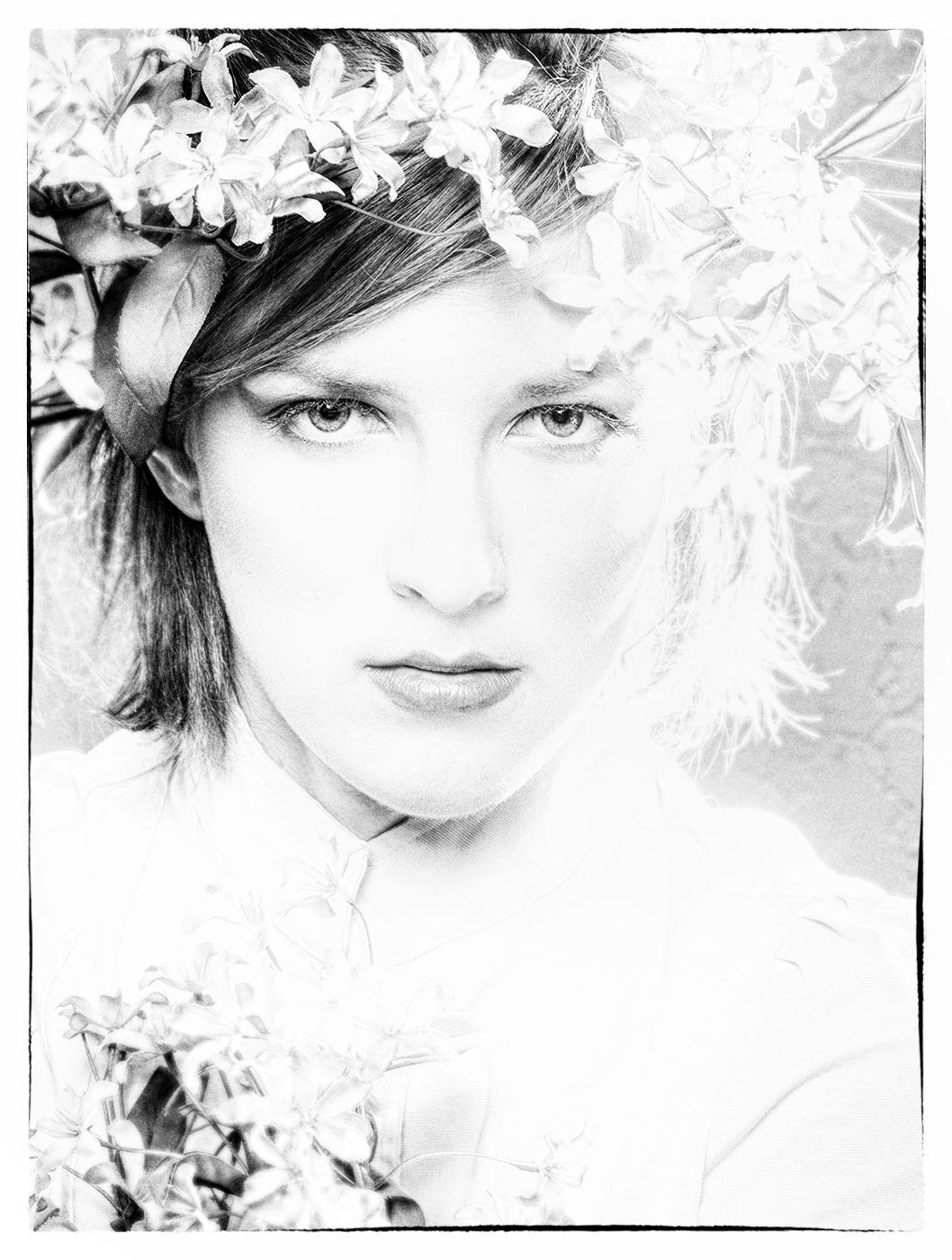
So what do we do now?
We constantly talk about shooting for our portfolios, our projects, or for our own personal work.
But we haven’t codified what that means. Is that one image a week? One image per month? More? Less?
Let’s put a number to it.
24 exposures a day, equal to one roll of film in the old days.
(Or perhaps we can do 50 shots every other day.)
This is really not a lot of images to make.
A product or still life shoot on Tuesday will result in at least 50 exposures. So if Monday is spent setting it up and getting everything ready, the number of images is certainly enough for our needs.
It’ll even out if you are constantly focused on the making of as many images as possible.
Heading out to go across town for an errand? 20–30 images shouldn’t be that hard to come by. Take a few on your daily walk, on the errands you run, and when you take your lunch.
There are images literally everywhere.
When we are attuned to them, they appear before us.
And by having that camera in our hands when we are out and about, relaxing at home, or on a casual walk, we are reminding our brain that we are indeed photographers.
Does it have to be a DSLR? No.
Can a smartphone count? Yes.
Can I use the excuse that my battery is dead? No.
This is one of the ways we establish in other people’s minds — and our own — that we are photographers.
To a point.
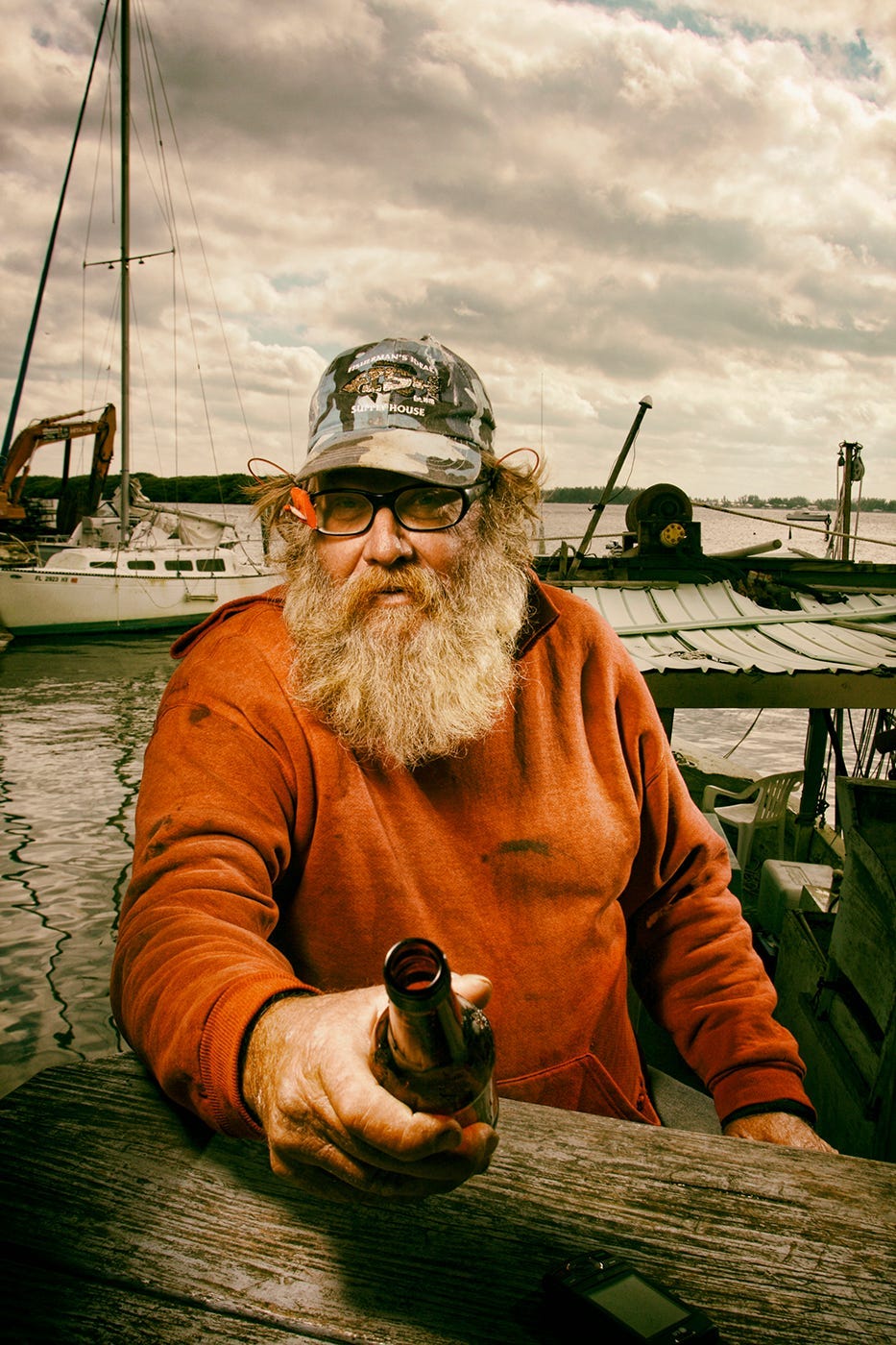
Training ourselves to actually BE photographers may also include training our brains to know what that means.
It means the capture of a still image… whether by smartphone, or DSLR, or point-and-shoot from 2010, or even a film camera.
The images are out there in the world around you.
You must allow them to reveal themselves by being ready to capture them.
Being able to attract the images and being open to them revealing themselves may also include a bit of cajoling by the brain and the context of being “ready” for those images.
We are ‘ready’ to see those images when we are carrying a camera.
To me, an iPhone allows ‘reactive’ photography. We see something, and we react with the closest item we have to capture what we see. Usually, these images are not set up but ‘found’ in the midst of our lives.
A camera generally allows us to produce a deliberate photograph…
responsive instead of reactive.
To be sure, we want to be responsive more than reactive, but reactive is still a powerful way to make imagery.
Everyone is reactive. There is nothing wrong with that.
But if we are going to BE photographers, we should focus more on being responsive, deliberate, and create rather than capture.
Making 24 frames a day can be daunting, delightful, stressful, engaging, challenging, and ultimately rewarding.
All of that in the same minute.
Now…
Grab your camera and make a photo of your feet going out to make some cool, deliberate photographs.
Great… only 23 more for the day.
My name is Don Giannatti. I have been a photographer for over 50 years. I write here on Medium and on Substack. My website is here.
Have a wonderful day… while making photographs.
THE PAID SUBSCRIPTION MODEL HELPS SUPPORT ME
Are you thinking to yourself, “What reasons could possibly exist that would make me want to pay for a subscription to this, or any other newsletter?”
I get it. I do. But, see, here’s the thing.
There is value in the paid version that cannot be matched by anything in the known (and unknown) universe. That includes free copies of my books when they are released, information for subscribers only, live shows starting in June, and a heck of a lot of fun. In fact, I am using Chat GPT to locate all the counties and townships where having this much fun could actually be illegal. I’ll keep you apprised.
Take a look and decide for yourself.

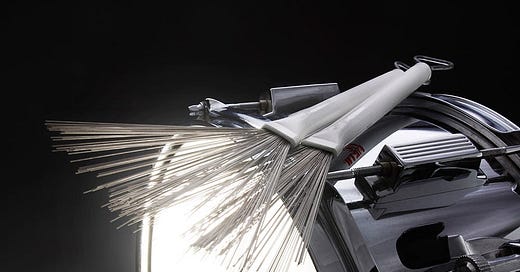



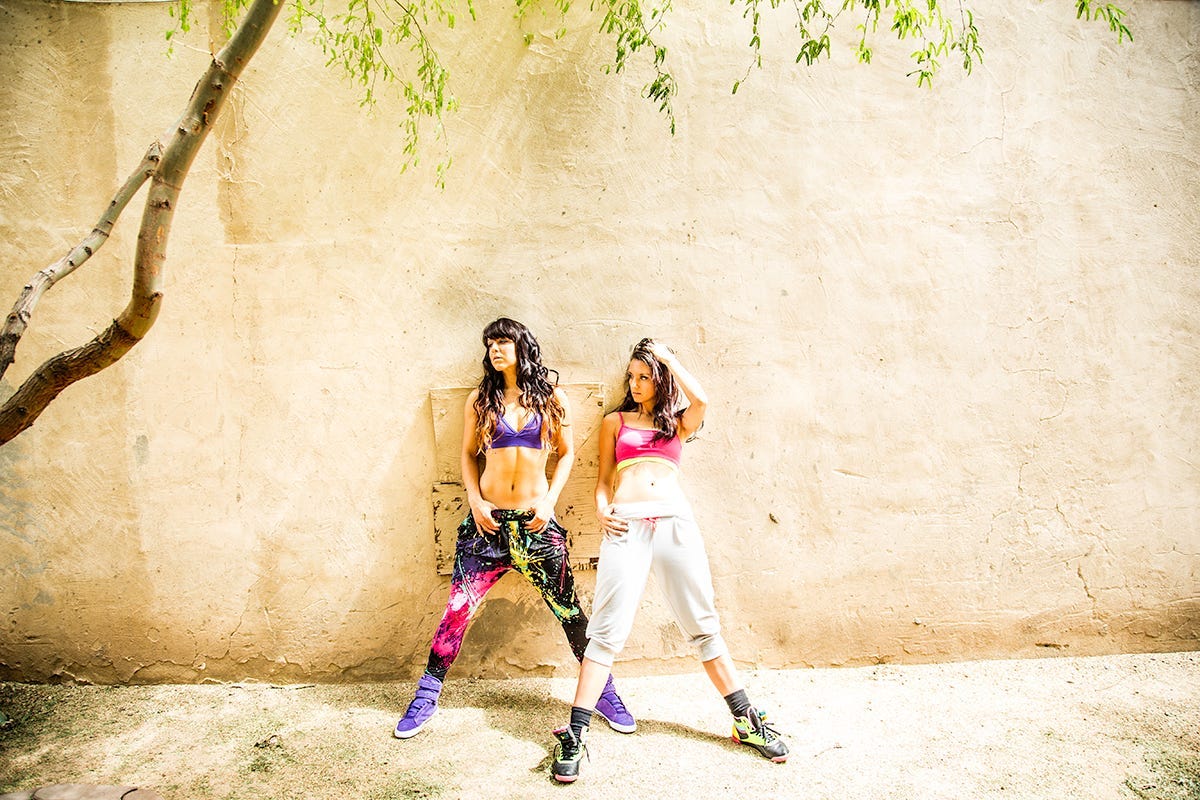
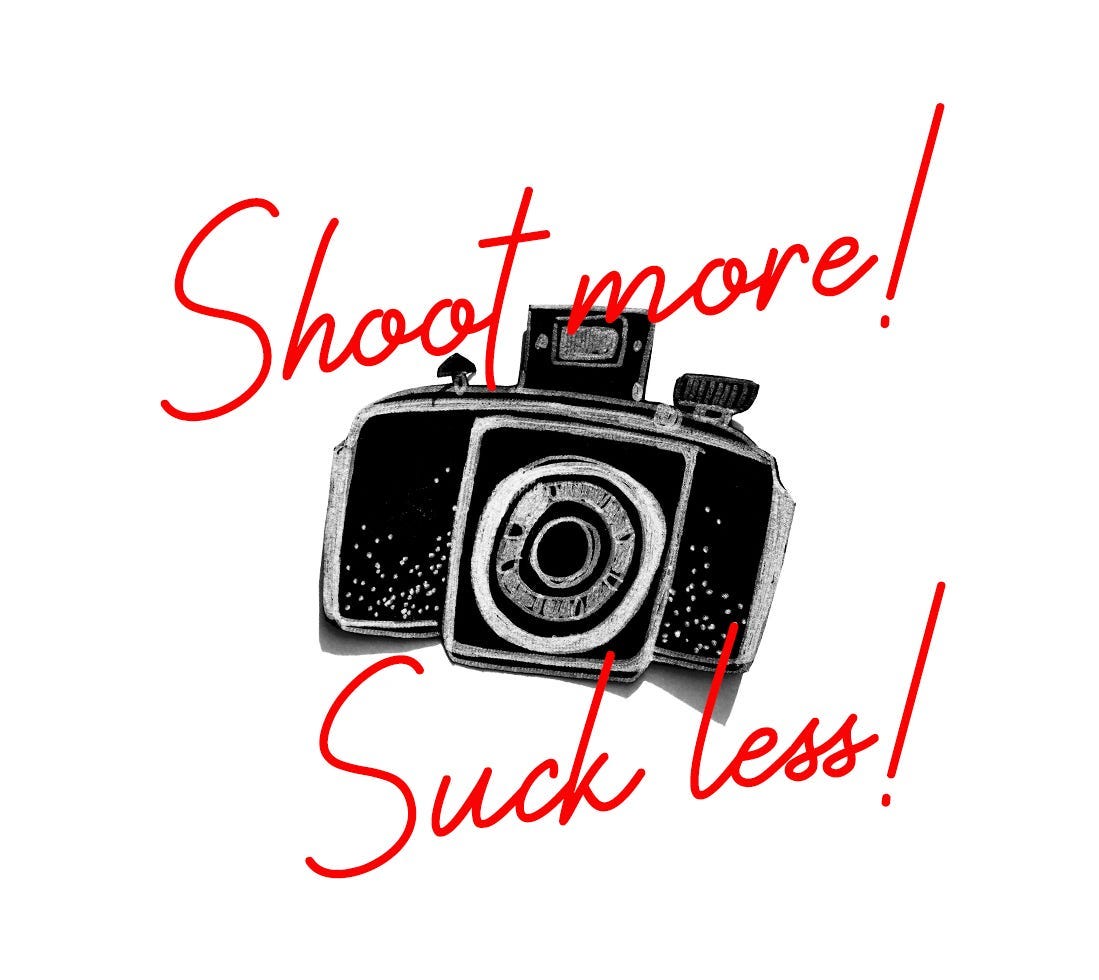

Thank you!
Well said. A phone camera tends to be reactive, a DSLR or equivalent is intentional. That’s exactly why i bought my first camera, as a tool to force me to look at my world intentionally. Cheers!